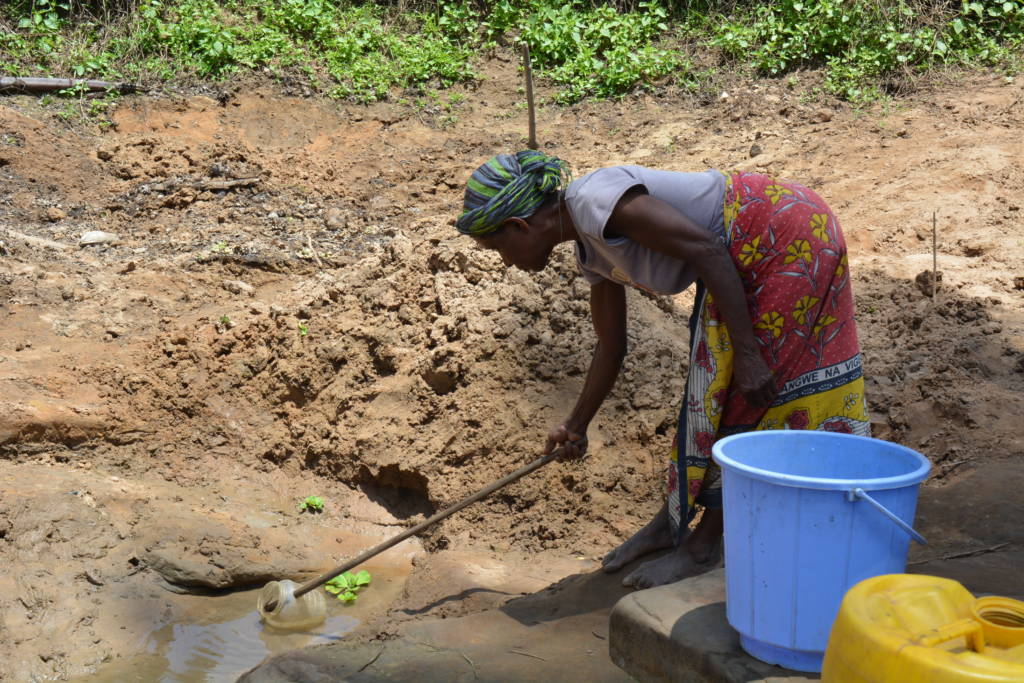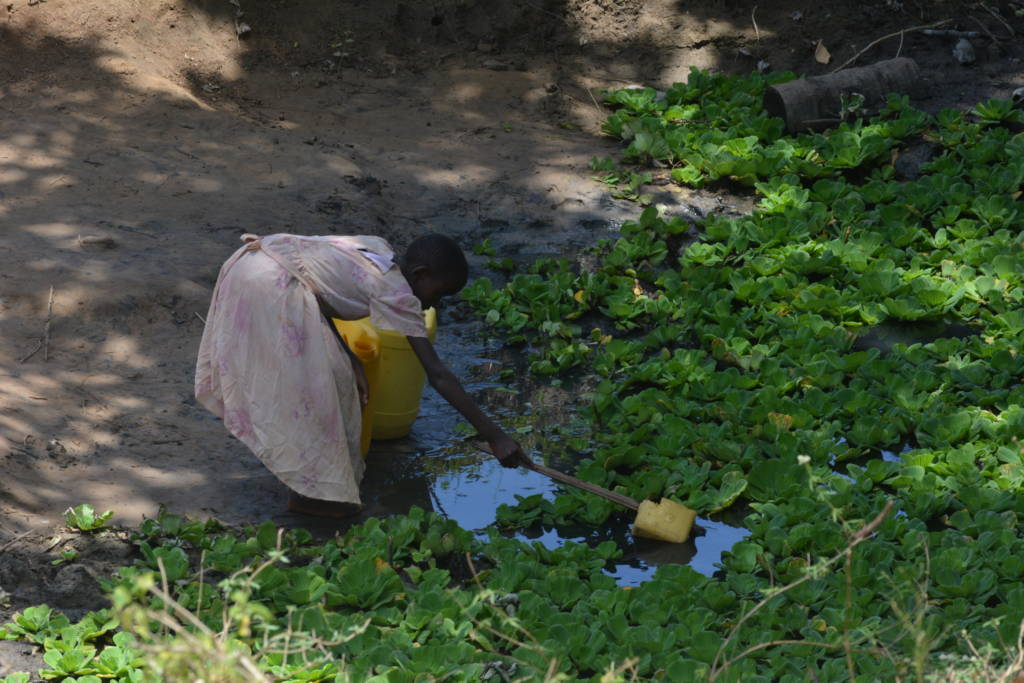The easterly region of Africa is witnessing devastation as this part of the continent grapples with the grips of a recurrent severe drought. Attributed mainly to global climate changes, the current drought stretches across the coastal north, northeastern and southern lowlands. Climate forecasts indicate the situation will persist for the next six months.
Kenya’s government has declared the crisis a national disaster, implementing phase two of the drought intervention and calling on all stakeholders to scale up on drought mitigation programmes between the months of February through April 2017.

Regions most affected by El Niño will most likely experience the opposite La Niña weather patterns. Sustained droughts will become floods. Areas prone to excessive rainfall will endure relentless droughts. Meanwhile, the region hasn’t recovered from the prolonged 2014-2016 El Niño impacts. Kenya expects drier than normal conditions until March 2017- which will have an impact on crops, livestock and ultimately may foster breeding ground for regional conflict and displacement of many people. Vulnerable communities will take an estimated two years to recover, stretching their coping capacities to the limits.
Food Insecurity
Currently, an estimated 2 million people require food aid. As dry weather conditions continue to set the Kenya Red Cross is predicting the number will increase to 2.4 million by April 2017. Deteriorating food security deprives communities of basic human needs such food, water and pasture for livestock.
Ongoing climate changes can longer surprise us. 2016, the hottest year on record, indicates that any new fossil fuel development plans will exacerbate this crisis. For a region already distressed by unfavourable climate events, coal mining is not a sustainable development option. Mining industry plays a critical role as key driver for many developing economies yet coal remains the most polluting energy source on the planet.
Solutions
Across the Horn of Africa, governments need to expand on programs that enhance drought resilience and improves sustainable livelihoods, especially for small-scale farmers.
Countries such as Kenya need to rigorously assess and evaluate the human costs of fossil fuel impacts. The findings will deter them from forging ahead with coal plans seeking to alleviate the energy supply crisis. Continued investment in coal undermines climate actions and goals, limiting the country’s ability to rapidly implement renewable energy policies.

Kenya should exhaust its renewable energy potential and move away from carbon intensive industries such as the proposed Sh200 billion Lamu coal plant with a life expectancy of 60 years. The numerous and dangerous impacts derived from the project will be irreversible.
Kenya has demonstrated commitments to tackling climate change and championing renewable pathways.
In October the country ratified the Paris Agreement joining 15 other African states. According to the United Nations Framework Convention on Climate Change (UNFCCC) Kenya committed to reduce emissions by 30 per cent by 2030. Kenya enacted the Climate Change Act, 2016, providing a regulatory framework for enhanced response to achieve low carbon climate resilient development and as a member of the Climate Vulnerable Forum, the country cannot contradict its renewable ambitions.
References
Millions urgently need food in Kenya, Somalia
Kenya: Government Declares Drought a National Disaster
Drought drives food price spike in East Africa, UN warns
Horn of Africa drought: “We have to act now to prevent the worst”
